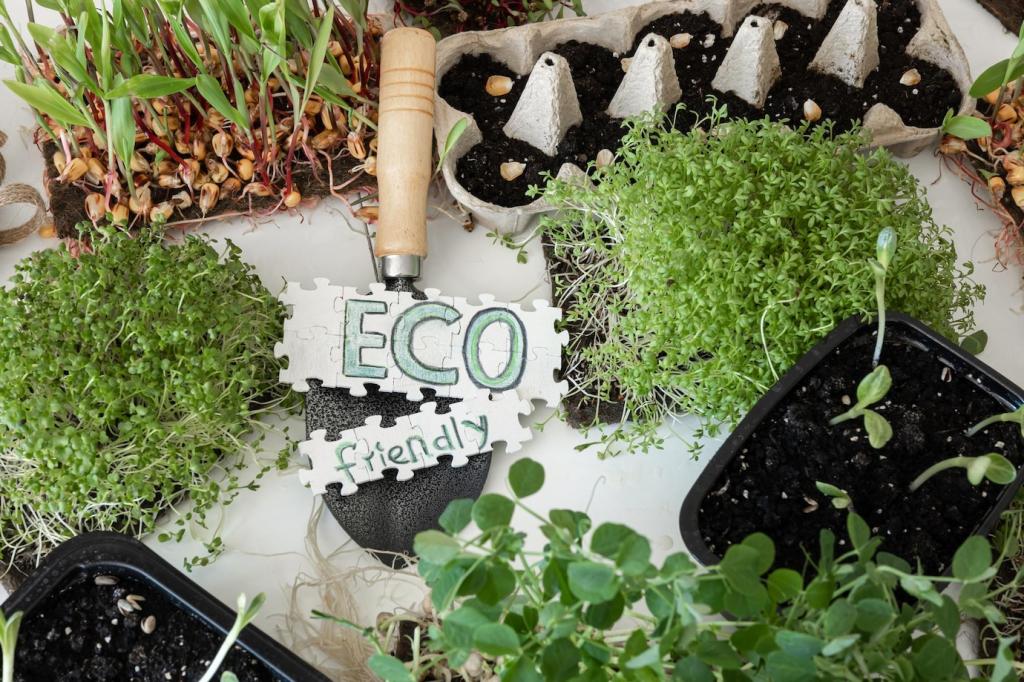Shine and Color, Naturally
Blend a little carnauba wax into your beeswax balm for a brighter finish. Work thin layers, let them set, then buff enthusiastically with flannel until the leather gleams with restrained elegance.
Shine and Color, Naturally
On darker leathers, a fingertip of cocoa butter can deepen color and add velvety softness. Apply sparingly to avoid over-darkening, then buff to balance richness with a clean, breathable surface.
Shine and Color, Naturally
Avoid windowsills, radiators, and hairdryers. Controlled friction from hand-buffing creates gentle warmth that helps wax settle into the grain, building sheen without risking shrinkage or dryness.




